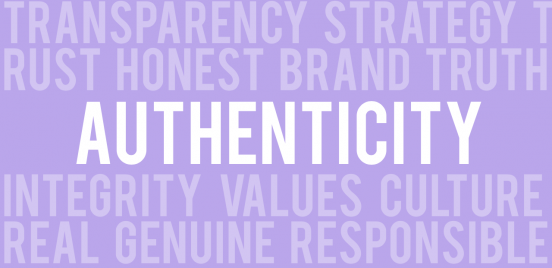When we were discussing about how to communicating about sustainability to customers, one thing that stood out to me as essential was authenticity. Greenwashing can really damage a brand’s credibility, but sustainability marketing can be incredibly powerful when employees are truly committed to sustainability. Most of our discussion focused on external factors that shape company policies, but authenticity and transformation comes from within. So how can we change organizations and inspire that belief and commitment?
While 12% of normal corporate transformation programs achieve their aims, only 2% of corporate sustainability programs manage to achieve their goals. One study by Bain & Company looked at the 2% of successful sustainability programs to see what helped them to succeed. They identified four key success factors:
- Making a public commitment – this helps to create a sense of unified vision and accountability to the public. For example, many companies fear that transparency will draw negative attention from NGO’s, but Nestlé openly dialogued with them and gained valuable stakeholder feedback to help achieve their targets. Positive external feedback and publicity helped to drive change within the organization.
- Having senior executives lead by example – often CEOs and senior executives are the only ones who can enforce change at all levels of the organization. For example, Novozymes created a sustainability board with vice presidents of every department, each with direct responsibilities to meet sustainability targets. Within 7 years, they were able to dissolve the board because sustainability had become a core part of their business.
- Training employees to understand the business benefits of sustainability – the survey found that 62% of employees considered sustainability programs nice for public reputation but not essential. The report highlights “quick win-wins” to kickstart the process, like Walmart choosing to start their sustainability initiatives by reducing packaging for toys (saving trees, money, and fuel). This lead to further sustainable transformation of their supply chain.
- Embedding sustainability into incentives and day-to-day processes – tracking progress and tying incentives to sustainability initiatives can provide more concrete motivation for employees to take personal responsibility.
As a student headed into the workforce, this was so inspiring to me. A lot of the people that I had worked with past simply didn’t make sustainability a priority, but these four key success factors helped to break down what I could do personally to encourage and affect change wherever I work in the future!





